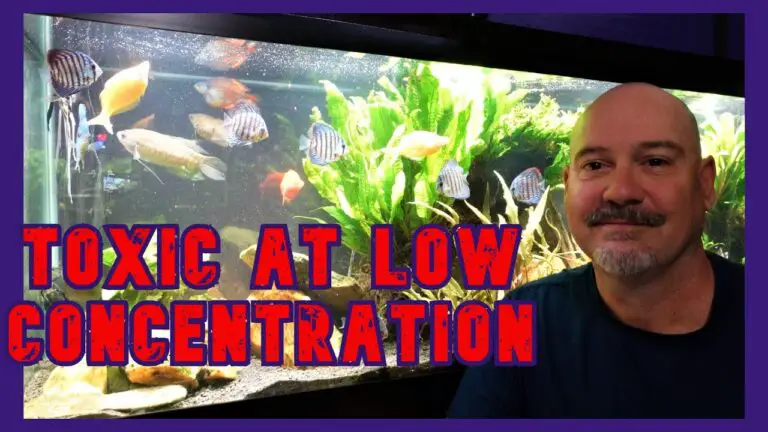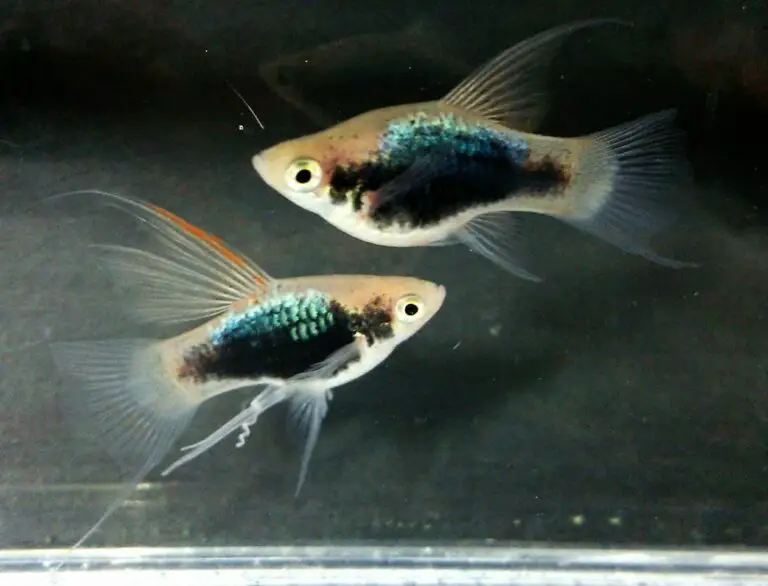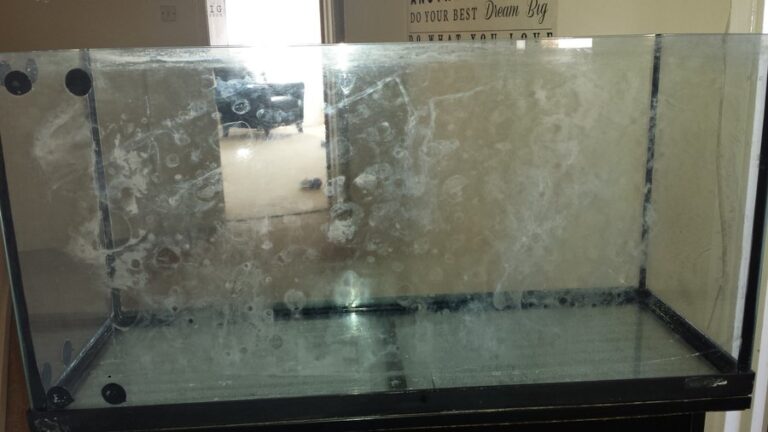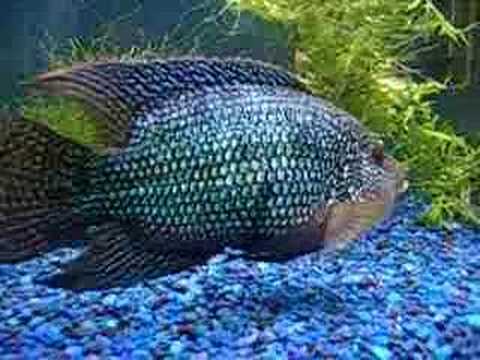Do Cleaner Shrimp Eat Copepods?
Yes, Cleaner Shrimp do eat Copepods. A Cleaner Shrimp’s diet consists of many kinds of prey, including copepods and other small crustaceans, as well as worms, algae, and other organic matter. They are also omnivorous scavengers that feed on leftover food particles from their tankmates.
The shrimp can be seen picking off parasites from fish in the aquarium, and this is how they get some of their nutrition too. Cleaner shrimp could live solely on a diet consisting mainly of copepods if there are enough present in the aquarium for them to consume them.
But it is important to provide a varied diet in an aquarium setting so they receive all the nutrients they need for optimal health.
Cleaner shrimp are an important part of any reef tank, and they play a vital role in maintaining the health of its inhabitants. One way they do this is by eating copepods, which are small crustaceans that live in saltwater tanks.
Cleaner shrimp will pick off parasites, dead skin cells, and detritus from fish or surfaces within their environment to keep them healthy and clean.
They consume these copepods as a source of nutrition, making them essential for keeping your reef tank clean and healthy!
Do Baby Shrimp Eat Copepods?
Baby shrimp are omnivores, meaning they eat both plants and animals. One of the primary sources of food for baby shrimp is copepods, which are small crustaceans that live in fresh or saltwater environments.
Copepods provide a high-energy source of nutrition to baby shrimp, making them an important part of a healthy diet for juvenile shrimps.
What Do Cleaner Shrimp Eat?
Cleaner shrimp, such as the popular skunk cleaner shrimp, are omnivorous scavengers that feed on a variety of food sources. They will happily munch on leftovers from your tank inhabitants’ meals, as well as algae and diatoms they find growing in the tank.
Cleaner shrimp also thrive when given frozen or dried foods like brine and mysis shrimp, which provide them with essential nutrients they can’t get from other sources.
What Eats Copepods?
Copepods are a type of small crustacean that serve as an important food source for a variety of aquatic animals. Fish, squid, whales, and other larger sea creatures rely on copepods for sustenance. Many species also feed on the eggs laid by female copepods.
In addition to these large predators, smaller organisms such as amphipods, ciliates, and larval stages of fishes also consume copepods.
Copepods in Shrimp Tank
Copepods are extremely beneficial to a shrimp tank, as they are excellent sources of nutrition for the shrimp. They feed on detritus and uneaten food, helping to keep the water in your tank clean and clear.
In addition, copepods provide an important source of protein for baby shrimp and can help reduce stress levels by providing hiding places from larger predators. All these benefits make them an essential part of any well-maintained shrimp aquarium!
Do Filter Socks Kill Copepods?
Filter socks are often used in aquariums to help remove unwanted debris from the water, but they don’t always do a great job of killing copepods. While filter socks may physically trap and kill some copepods, most will simply pass through the material or find their way around it.
Additionally, due to their small size, many copepods can slip through even the finest mesh filters used in filter socks.
Therefore, if you’re looking for an effective way to reduce your population of copepods, other methods such as manually siphoning them out or introducing predators should be considered instead.
Algaebarn Copepods Instructions
Algaebarn Copepods are a perfect addition to any saltwater aquarium. They are small, filter-feeding crustaceans that feed on uneaten fish food and help keep your tank clean by removing organic waste from the water.
Not only does this make for healthier tank conditions, but it also helps reduce nuisance algae growth in the aquarium. Algaebarn Copepods come in various sizes and colors, making them an attractive addition to any marine setup!
Can Copepods Live in a Canister Filter?
Yes, copepods can live in a canister filter. The filter provides the right environment for copepods to thrive, as it contains plenty of oxygen and food particles they need.
Canister filters also provide an ideal habitat due to their large water volume and increased surface area, which allows them to easily find what they need.
Additionally, the flow rate of most canisters is slow enough that it won’t disturb or harm the fragile creatures.
Copepods Survive Return Pump
Copepods are tiny crustaceans that are found in almost all aquatic habitats and can survive even the strongest return pumps of aquariums. They have a unique ability to cling onto surfaces while being at the mercy of strong water currents, allowing them to thrive in both marine and freshwater tanks.
Additionally, copepods provide an important source of food for many fish species as well as playing a key role in cycling nutrients throughout the tank, making them one of the most beneficial organisms to keep in any aquarium system!

Will My Shrimp Eat Copepods?
Shrimp are omnivores, meaning they will eat almost anything. While shrimp may not actively seek out copepods as a food source, they certainly can and do consume them when given the opportunity to do so.
Copepods are small crustaceans that provide an excellent source of nutrition for shrimp. In fact, many aquarists believe that providing copepod populations in their aquariums is essential for healthy shrimp growth and development.
Simply put, if you have live plants and other critters in your shrimp tank, your shrimp will find enough copepods to eat naturally.
But if you want to give them extra protein from foods like freeze-dried or frozen ones. Think about giving them finely chopped seafood too, which probably has some copepods in it.
What Do Cleaner Shrimp Feed On?
Cleaner shrimp are a type of marine invertebrate that feed on the parasites and dead tissue found on other animals. They usually inhabit coral reefs and can be seen “cleaning” fish, sea turtles, sharks, eels, octopuses, seahorses and rays.
Cleaner shrimp are omnivores with their diet consisting of various types of plankton (algae), small pieces of organic matter such as decaying plant material or bits from other invertebrates like mollusks or crustaceans.
Besides their regular food, cleaner shrimp also eat tiny particles called detritus, which include tiny living things like bacteria and fungi floating in the water. These helpful shrimp have been seen cleaning the skin of big animals like sharks.
They use special parts of their bodies to scrape off extra goo. This not only keeps the big animals healthy but also gives the shrimp a meal!
What Eats Copepods in Reef Tank?
Copepods are tiny crustaceans that play a vital role in the balance of reef tanks. They are an important food source for many species of fish, shrimp, and other invertebrates.
Some popular fish species that feed on copepods include clownfish, mandarin dragonet, tangs/surgeonfish, seahorses/pipefish, and gobies.
These animals have specialized mouths to help them catch these small creatures as they swim through the water column. Other types of invertebrates such as crabs and shrimp also make use of copepods as a food source in their diets.
Finally some corals benefit from consuming the nutrition-rich fluids produced by copepods which helps keep them healthy and vibrant in coloration.
As such it is essential to maintain a good population of Copepods within your Reef tank so that all its inhabitants can benefit from this abundant resource!
What Parasites Do Cleaner Shrimp Eat?
Cleaner shrimp are an important species of shrimp that play a vital role in keeping the oceans clean. They feed on parasites and other organisms living on fish, turtles, and other sea creatures.
These parasites can range from microorganisms to larger crustaceans such as isopods and copepods. Cleaner shrimp have specialized “brooms” located at the base of their antennae which they use to sweep away debris and capture food items while they swim around looking for prey.
In addition to eating parasites, cleaner shrimp also consume diatoms, detritus (dead organic matter), planktonic larvae, small mollusks, worms, bacteria and algae. By doing this these tiny critters help keep our waters healthy by removing dangerous pathogens from fish hosts before they become a threat to humans or other marine life.
Furthermore, cleaning up after fish helps promote coral health since it reduces the amount of uneaten food particles being released into the water column where it could smother corals or be consumed by competing species like sea urchins or starfish that could damage them further down the line.
This Cleaner Shrimp Has a Dirty Secret | Removing Parasite Isopod From Marine Lysmata Shrimp
Conclusion
In conclusion, cleaner shrimp are a great addition to any aquarium as they help keep it clean by eating copepods and other small organisms. They also make excellent tank mates with other fish as they rarely fight or cause damage to them.
Cleaner shrimp can often be found in pet stores and online retailers for purchase, making them an accessible choice for anyone looking for a unique and helpful new addition to their tank.






